ALERT! ESA Solar Orbiter spacecraft HIT by Coronal Mass Ejection from the Sun
ESA’s Solar Orbiter was hit by a recent Coronal Mass Ejection which erupted from the surface of the Sun. Here’s what ESA said regarding the incident.
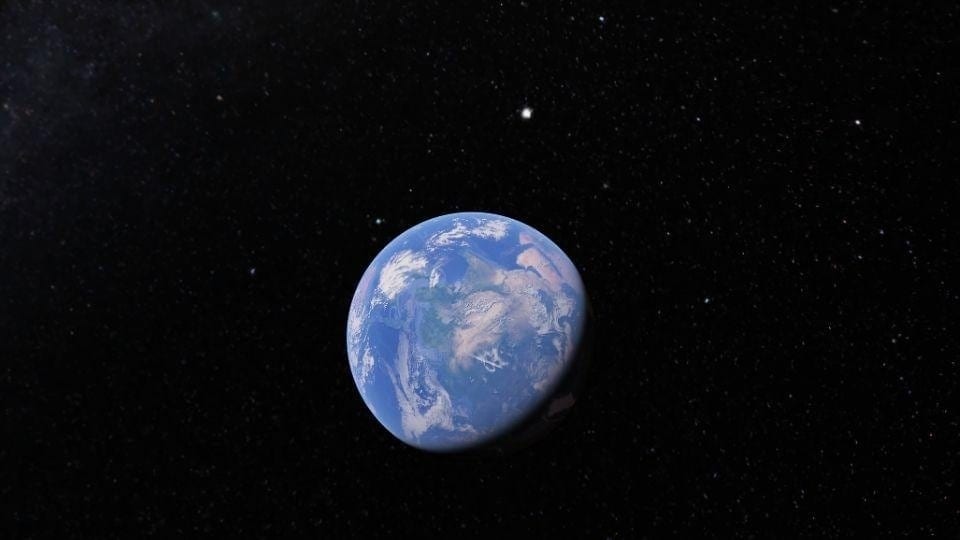
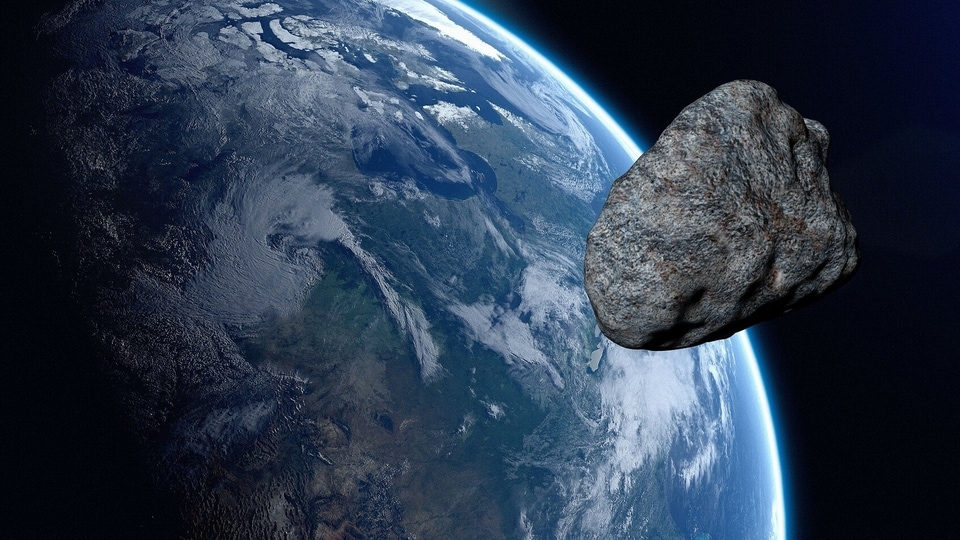
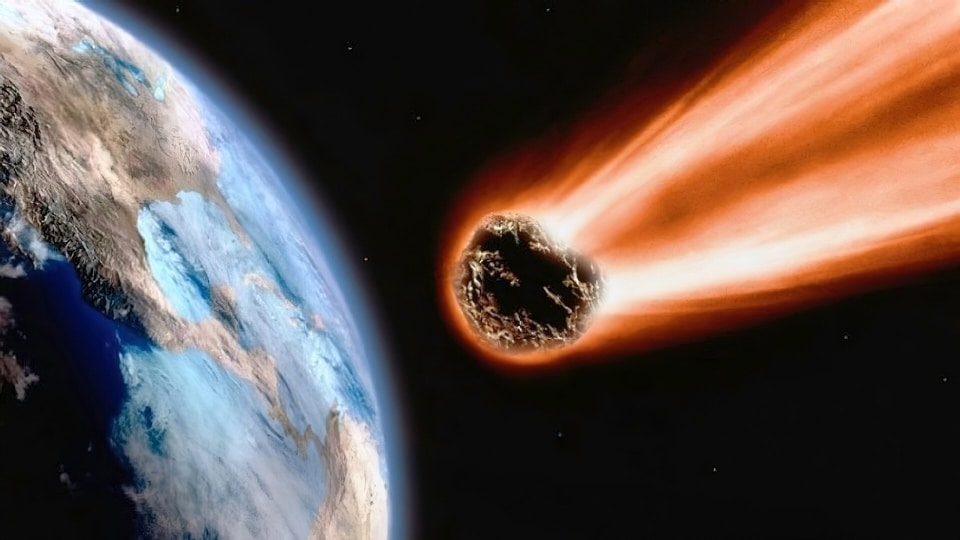

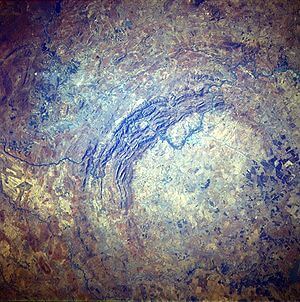
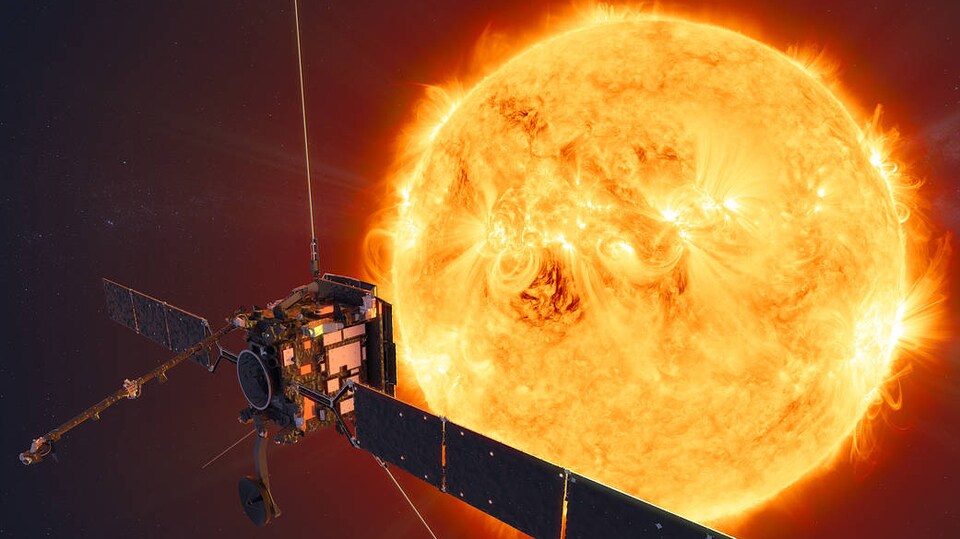
 View all Images
View all ImagesCoronal Mass Ejections (CMEs) have been a frequent occurrence these past few days with nearly 32 CMEs erupting from the surface of the Sun in the last week alone. Our Sun is nearing its peak in its 11-year solar cycle which has resulted in increasing solar activity these past few months. As the Sun enters the peak of the solar cycle around 2025, solar activity is expected to further increase substantially.
A recent CME which erupted from the surface of the Sun hit the European Space Agency's (ESA) Solar Orbiter which flew by Venus for a gravity-assist manoeuvre in the early hours of September 4. According to ESA, as the orbiter got close to the Sun to complete the manoeuvre, a massive CME shot up from the Sun and hit the orbiter.
ESA has designed the orbiter to withstand such natural phenomena and therefore the CME did not cause any substantial damage to the Solar Orbiter. Its Venus flyby was planned to take advantage of the planet's gravitational pull to complete the gravity-assist manoeuvre.
Jose-Luis Pellon-Bailon, Solar Orbiter Operations Manager said in the ESA blog, “The close approach went exactly to plan, thanks to a great deal of planning from our colleagues in Flight Dynamics and the diligent care of the Flight Control Team.”
“By trading ‘orbital energy' with Venus, Solar Orbiter has used the planet's gravity to change its orbit without the need for masses of expensive fuel. When it returns to the Sun, the spacecraft's closest approach will be about 4.5 million km closer than before,” he added further.
Solar Orbiter Mission
According to ESA, the Solar Orbiter mission is conceived to perform a close-up study of our Sun and inner heliosphere - the uncharted innermost regions of our Solar System - to better understand, and even predict, the unruly behaviour of the star on which our lives depend.
Catch all the Latest Tech News, Mobile News, Laptop News, Gaming news, Wearables News , How To News, also keep up with us on Whatsapp channel,Twitter, Facebook, Google News, and Instagram. For our latest videos, subscribe to our YouTube channel.


























